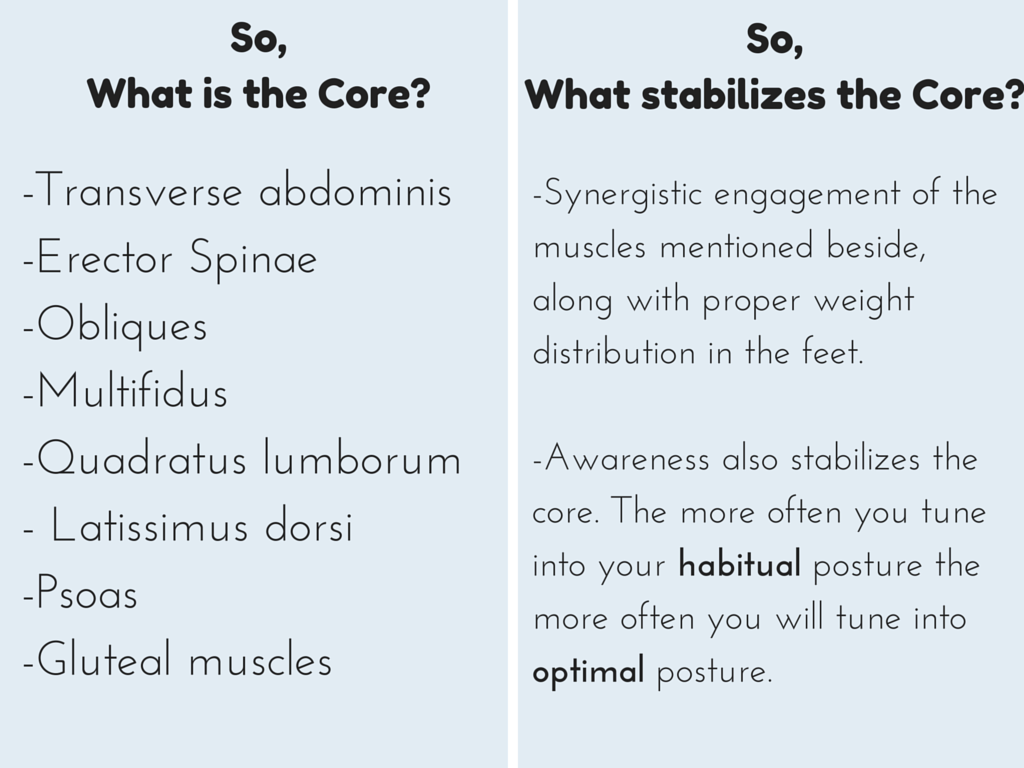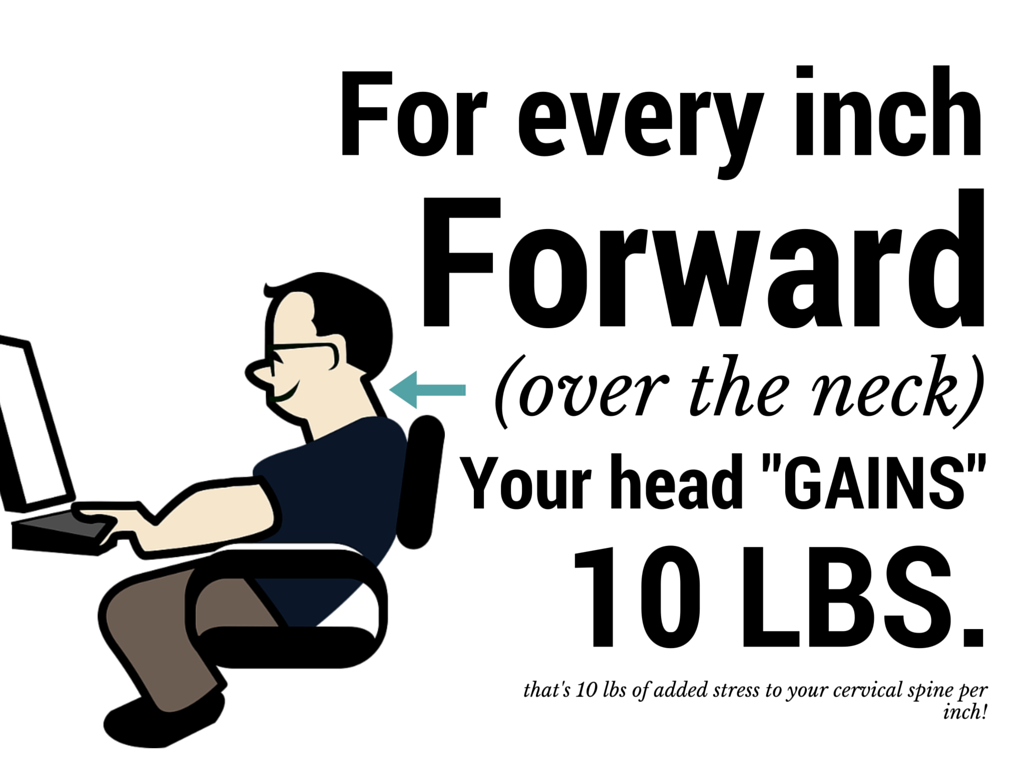by Maxine Iharosy
 I’ve been wondering where is the line between moving in a way that feels good and habit? How do you find the balance of your perfect posture? Sometimes it takes an outer eye to reflect our alignment of body and mind. I quickly realize this article is morphing into something much larger and more abstract than just the question of spinal alignment- such is why I love contemplating Yoga, but let’s see if I can tackle the anatomy first and then branch out from there.
I’ve been wondering where is the line between moving in a way that feels good and habit? How do you find the balance of your perfect posture? Sometimes it takes an outer eye to reflect our alignment of body and mind. I quickly realize this article is morphing into something much larger and more abstract than just the question of spinal alignment- such is why I love contemplating Yoga, but let’s see if I can tackle the anatomy first and then branch out from there.
On Friday June 20th we had Lindsay Johnston come in to facilitate a lecture and practice called ‘Finding a Balance’. Lindsay is a chiropractor with a heightened interest for stabilization, injury prevention, confronting posture habits, oh, and she gets really excited about everything anatomy in general. First we reviewed what the ‘Core’ is. Regardless of how many times I’ve been in the position teaching this myself, or how often I’ve been taught, I’m always brought back to the realization that 98% of my day is spent out of proper alignment, relying completely on the body patterns I’ve been using to keep myself upright and moving, without optimal stability.

This is based on the workshop and power point by Lindsay Johnston. You may also be familiar with the ‘Core Four’ most specific to pelvic floor health, an integral part of our alignment. For a more personal assessment of where your immediate focus should be for optimal alignment visit a chiropractor, osteopath or other postural specialist. 
For those of us who sit hunched over with shoulders rolled forward, the lower back may require a lot of strengthening, and alternatively if you often have the chest far ahead and lower back cinched you may feel like it’s a lot of work to stay in proper alignment as well. Our muscles and mind take the easiest route. Re-training the go to pathways take time! Proper posture is a delicate balance between relying on a strong interior and stacking your bones to find effortless effort.
This brings me to the thoughts of pranayama, yoga, and posture. One of the reasons a Yoga practice can be so potent in creating real change is because of the naturally occurring metaphors of breath; the effort and release, the taking in and the letting go, which can be directly applied to our posture inside and out. When we rely on certain patterns for long enough we may assume that those patterns represent us entirely without any wiggle room for change. When we stand, walk, talk, think, eat or breathe without mindfulness we rely completely on our autopilot settings. Don’t get me wrong- it really can be a real necessity for autopilot to take over sometimes.
As a teacher and student I am continuously intrigued about the relationship of my body and mind. When I am sad or frustrated my body takes on a certain hardness, as does my mind. Things get tight, tired and wired shut. When I am joyful, feeling appreciated, or trusting, my joints move with more ease, my chest is open, my shoulders relaxed. I believe cultivating your own awareness is a lifelong practice- it’s a garden that will always need tending. Sometimes we need to invite in some space just to notice without needing to shift. As mentioned before perhaps consulting a chiropractor or other alignment specialist may be the best way to go to find out where ‘optimal’ is in your body, and where your habits often take you. For now, here’s a step by step awareness exercise for finding core stability, with a video link.
Step by Step Technique to Find Core Stability:
1. Laying on the back with knees bent, feet hip width distance apart pressing into the floor with toes forward. Try to rest the weight in the balls of the feet, the heels, and slightly more to the outside of your feet than the inside.
2. Squeeze your buttocks to 100%, as tight as you can, and then slowly work your way down to 50%, and then lower to 20% engagement. Lindsay says that based on the work by Dr. Stuart McGill, proper glute activation is at 20%. To find that out work your way down from fully squeezing. You should feel a light pressure around the outside of hips and bottom of buttocks that requires concentration to keep it active (as for most of us this area is underdeveloped).
3. Find Nirvana Breath to sense it’s girdling effect and bring more awareness to the core. Concentrate on the space just a few inches above the belly button at the solar plexus. (Long inhales followed by exhaling through slightly pursed lips, you could also make a ‘shhh’ sound on exhale).
4. Imagine a rubber band connecting the tip of your sternum to your belly button. The band is taught, but not so strong that the upper back rolls up.
5. Keep your shoulders planted to the floor with arms at the sides, palms facing up.
6. Remember to breathe and notice how much concentration it takes to keep this activation, awareness, and breath. It’s hard work! Let yourself rest and notice the position your body immediately makes after coming out of efforting.
7. Come up to standing and see if you can walk yourself through the same steps but upright. It may be more difficult as the floor won’t be there to assist your ability to sense if the shoulders are curling forward or not. Do not lock the knees, and revisit how you’re spreading weight in the feet. Keep the palms forward here. Breathe.
